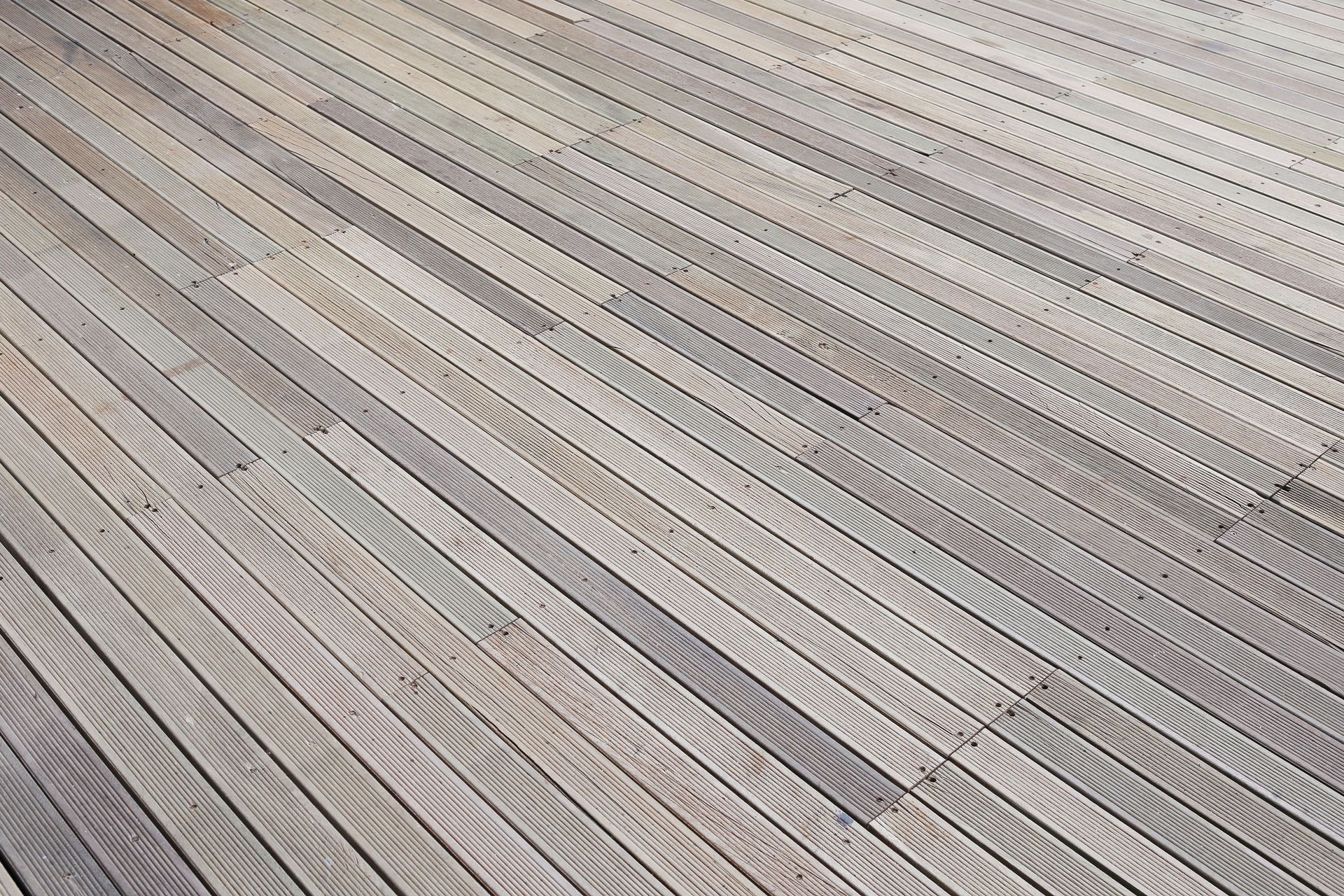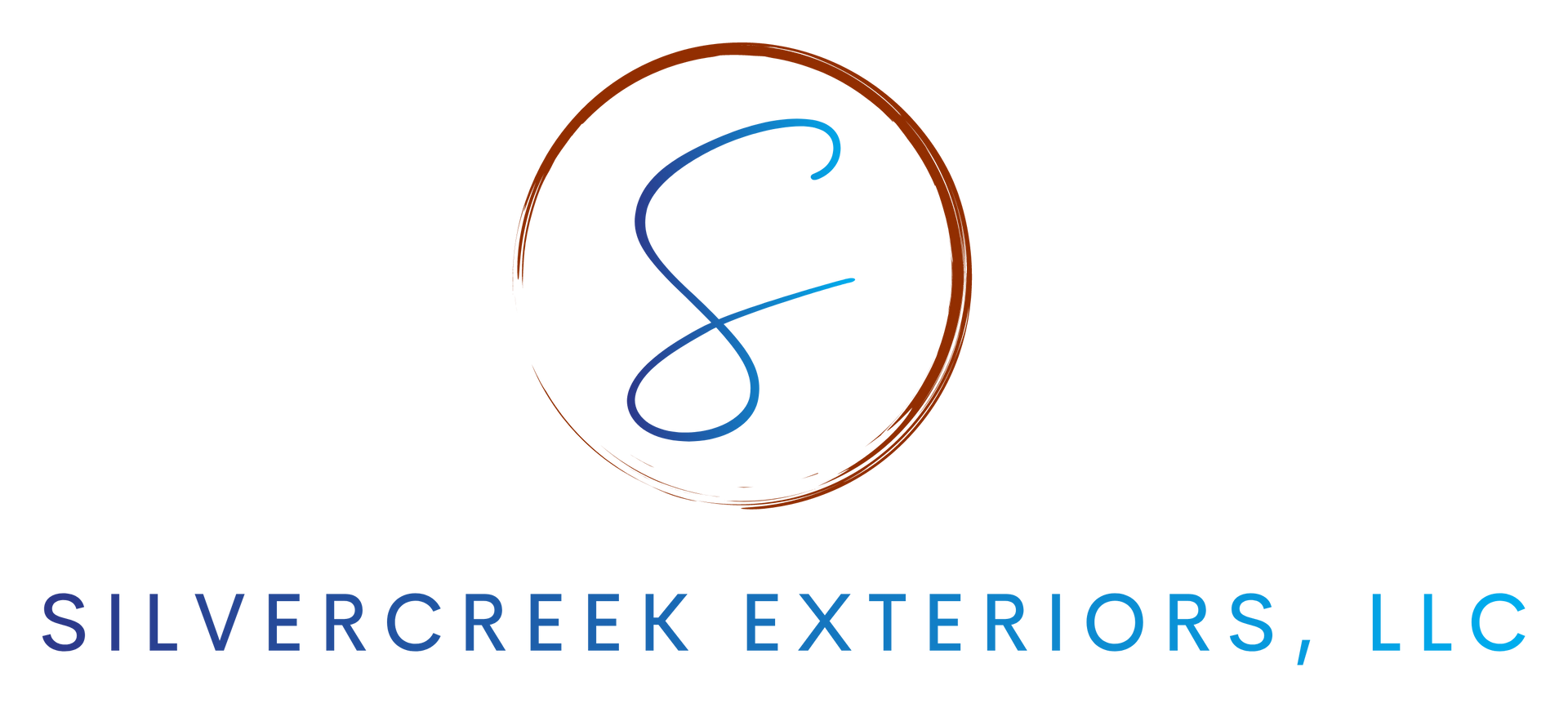November 11, 2025
The choice between composite and wood decking has become a significant consideration for many homeowners. As the popularity of outdoor living spaces continues to rise, selecting the right material becomes crucial for maximizing value and enjoyment. This decision impacts not only the aesthetic appeal but also the long-term financial investment associated with maintaining a deck space. Both composite and wood decking offer unique advantages, and the best choice often depends on specific homeowner needs and regional conditions. Consequently, understanding the attributes, costs, and environmental impacts of each material is essential for making an informed decision.
Initial Purchase Price
When considering the initial purchase price, wood decking typically emerges as the more affordable option. Natural wood costs less upfront compared to composite, which is often priced higher due to the manufacturing process and material composition. However, lower initial costs can be deceiving when not accounting for the long-term maintenance expenses required by wood. While composite materials demand a higher initial investment, they often compensate for this with reduced lifetime maintenance costs. Nevertheless, budget constraints frequently lead homeowners to favor wood without fully evaluating the holistic financial implications.
Beyond material costs, installation expenses must also be considered. Wood decking installation is generally straightforward, which often results in lower labor costs compared to composite. Composite installation can be more intricate due to the design and necessary supports, contributing to a higher initial investment. Homeowners must account for both material and installation expenses when assessing overall initial costs. Evaluating these aspects comprehensively allows for a more accurate comparison of initial financial commitments.
Moreover, the choice of specific wood species or composite brand can significantly influence costs. Premium wood species, such as cedar and redwood, come with higher price tags, yet they may offer superior quality and longevity compared to standard options like pressure-treated pine. Similarly, high-end composite brands may provide advanced features such as enhanced durability and aesthetic options.
Maintenance Costs Over Time
The maintenance demands of wood decking can be substantial, with regular cleaning, staining, and sealing needed to preserve its condition. Typically, wood decks require annual or biannual treatments to protect them from weathering effects, which can accumulate significant costs over time. On the contrary, composite decking requires minimal maintenance, primarily involving regular cleaning with soap and water to prevent mold and mildew growth. According to Forbes, composite material is touted as superior to traditional wooden decking because it is resistant to weather, needs less maintenance and is stain-proof. This long-term ease of care contributes to lower lifecycle costs for composite, offsetting higher initial expenses for many homeowners.
Wood decks are more susceptible to scratches, which may necessitate frequent repairs and replacements of damaged boards. This can add not only to maintenance expenses but also to the time required for upkeep. Composite decks, constructed from a blend of wood fibers and plastic, offer greater resistance to these issues. Furthermore, their inherent fade resistance minimizes the need for periodic refinishing, enhancing their appeal for those seeking low-maintenance options. Over the years, composite decks have proven themselves as cost-efficient in terms of upkeep compared to wood counterparts.
In addition to the physical maintenance labor, homeowners must consider the cost implications of tools and products required for both decking types. Stains, sealants, brushes, and power washing tools are necessary for wood maintenance. Although initially presenting heftier price tags, composite decks significantly reduce these ongoing costs through minimal care requirements. By evaluating the lifetime costs, homeowners can better understand the true financial implications of each decking type, aiding their decision-making process. Comprehensive tracking of maintenance expenses is essential in elucidating potential long-term savings associated with composite decking.
Long-Term Resale Value
Homeowners often consider the impact of a deck on their property's resale value, with both wood and composite decking influencing potential evaluations. Wood decks, with their classic appeal, tend to attract potential home buyers who appreciate natural aesthetics. However, their maintenance requirements and susceptibility to wear may detract from their value over time. By contrast, composite decks hold the potential to enhance property value due to their durability and fading resistance, marketing themselves as modern, hassle-free investments. Such attributes appeal to a growing segment of buyers prioritizing easy upkeep, thereby potentially increasing a home's resale attractiveness.
Ultimately, market trends and regional preferences play pivotal roles in influencing resale value. In areas where wooden decks are traditional, buyers may favor the established visual charm of wood. In contrast, urban and modern settings often see greater demand for composite decks, equating them with contemporary lifestyles and reduced environmental impact. Homeowners must research local real estate trends to align with prospective buyers' preferences, ensuring their investment in a deck complements wider market demands. Consequently, informed decisions grounded in regional research ensure that the choice of decking type aligns with long-term property objectives.
Cost Over the Lifespan
Assessing the overall cost of decking spans beyond initial purchases and maintenance, encompassing the complete lifespan of each option. In our experience, wood decking typically offers a 15- to 20-year lifespan contingent upon type and upkeep. Warping, unsightly fading, and other age-related degradation can precipitate premature replacements if left unaddressed. Composite decking highlights its promise with prolonged lifespans of up to 25-30 years, per our experts, often sidelining wood competition due to superior endurance and features designed with longevity in mind. The extended longevity further underscores its reputation as a cost-effective investment within the industry.
The potential for override replacements must also factor into lifespan cost analyses. Wooden deck replacements require teardown, disposal, and clean-up costs that may defeat financial objectives. Composite decks, strengthened against degradation, present reduced replacement likelihood, helping to mitigate potential financial hits associated with deck resurfacing. Additionally, composite brands often integrate fade-resistant properties, combating further depreciation over time. By investing in composite decking solutions, homeowners realize savings through deflated long-term repair and replacement-associated costs, maintaining adherence to efficient, cost-reducing strategies over sustained durations.
Financing Options
For many homeowners, financing options play a critical role in facilitating roofing and decking construction initiatives. For comprehensive decision-making, accessing customized finance solutions enables prospective deck owners to strike a partnership with credit facilities premised on affordability. Lenders exhibit varying credit underwriting standards respecting market requirements, further underscoring varying finance capabilities. Finance options include home equity loans and competitive interest rate credit cards, affording versatile financing models that homeowners may employ for deck construction projects. By assessing viable financing channels, construction costs are incrementally categorized for project completion assurances, resulting in empowered decision-making strategies, optimizing return on investment potential.
The influence of finance industry professionals provides clarity in leveraging affordable deck solutions aligned with borrower risk evaluation standards. Finance experts readily identify risk management as an essential tool steering firms through project optimization; this reinforces checklists guiding third-party assessments and cost contours. Lenders initiate industry-vetted plans enabling fund allocations alongside structured installments. Building flexibility into timelines highlights borrower empowerment amid financial commitments, alleviating direct financial burdens on homeowners seeking stress-free provisions. Ultimately, proactive outreach to finance officials seeks an advantageous engagement, bringing swift financing resolutions bolstered by dedicated consulting and advisory faculties.
Choosing between wood and composite decking depends on priorities like budget, maintenance, and longevity. Homeowners seeking durability and minimal upkeep often find composite decking the superior choice. Its long lifespan, aesthetic versatility, and low maintenance make it a worthwhile investment for lasting outdoor enjoyment and property value. Contact Silvercreek Exteriors LLC for more information about our composite decks.


